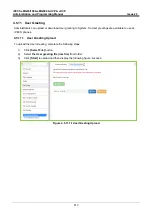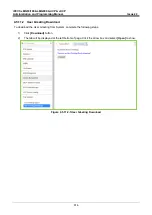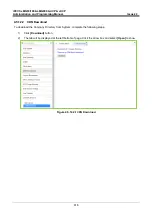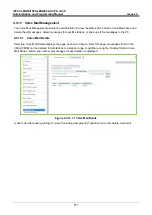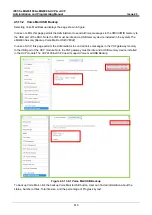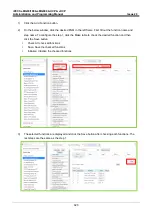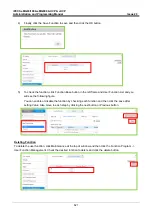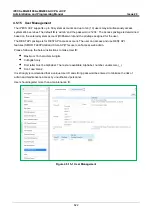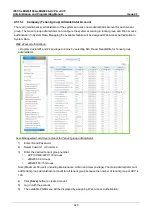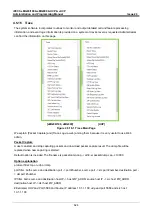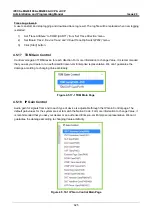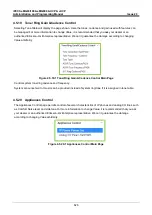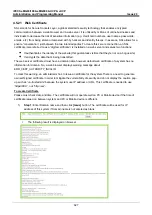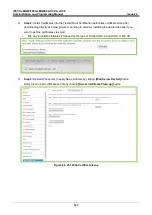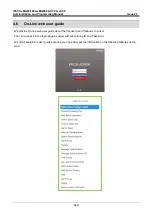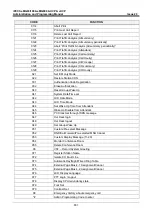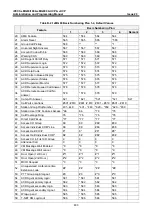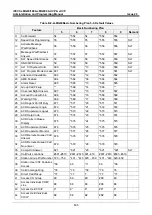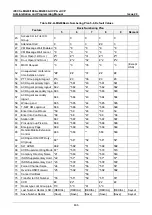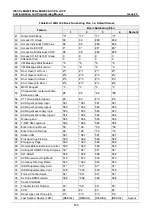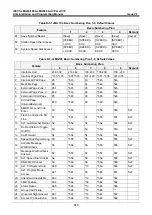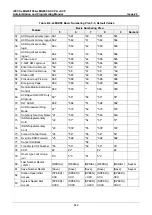
iPECS eMG80/100& eMG800 & UCP & vUCP
Administration and Programming Manual
Issue 2.3
627
4.5.21 Web Certificate
SSL stands for Secure Sockets Layer, a global standard security technology that enables encrypted
communication between a web browser and a web server. It is utilized by millions of online businesses and
individuals to decrease the risk of sensitive information (e.g. credit card numbers, user names, passwords,
emails, etc.) from being stolen or tampered with by hackers and identity thieves. In essence, SSL allows for a
private “conversation” just between the two intended parties.To create this secure connection, an SSL
certificate (also referred to as a “digital certificate”) is installed on a web server and serves two functions:
It authenticates the identity of the website (this guarantees visitors that they
’re not on a bogus site)
It encrypts the data that
’s being transmitted.
The web server certificated must have a domain name however default web certificate of a system has no
information for domain. So, a web browser displays warning message about
ERR_CERT_AUTHORITY_INVALID.
To clear this warning, an administrator has to issue a certificate for the system.There is a need to generate
own self signed certificate in order to mitigate the vulnerability of security and do not display the caution pop-
up such as 'un-trusted site' because the system use IP address or URL. This certificate is needed to use
'https//XXX' , not 'http://xxx'.
To create Certificate
Please must check date and time. The certificate will not operate well on PC or Mobile device if the time of
certificate issued on between system and PC or Mobile device is different.
1)
Step 1:
Enter Domain name and then click
[Issue]
button. The certificate will be used for IP
address of this system if Domain name is not entered as blank.
The following result is displayed on browser.

